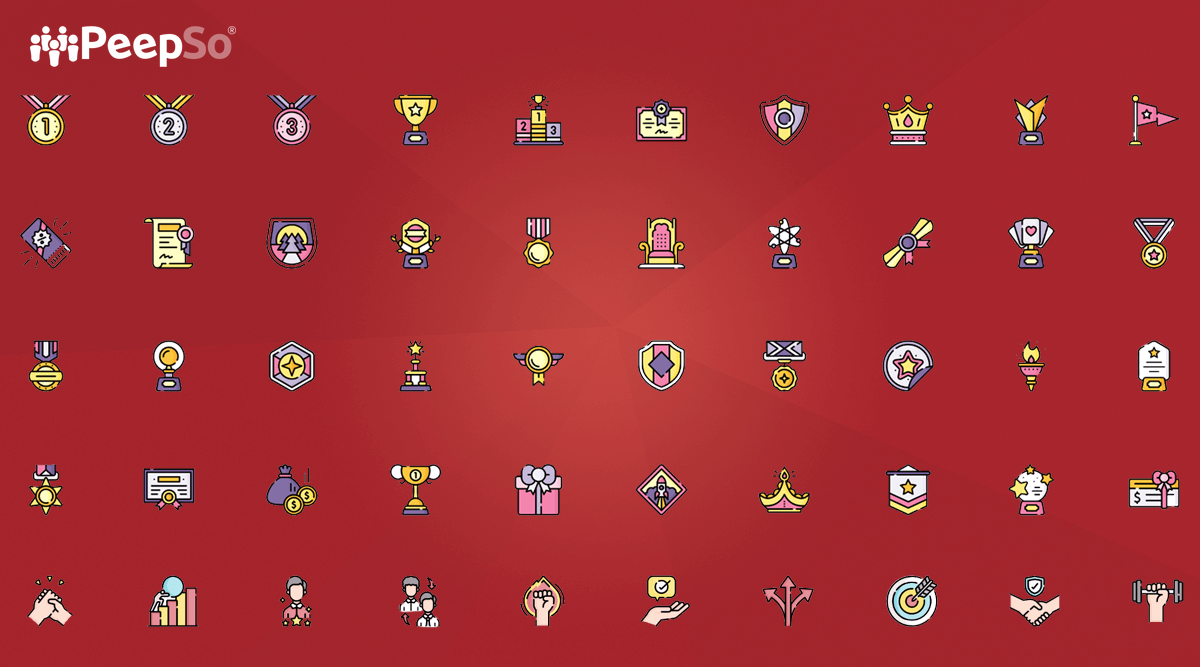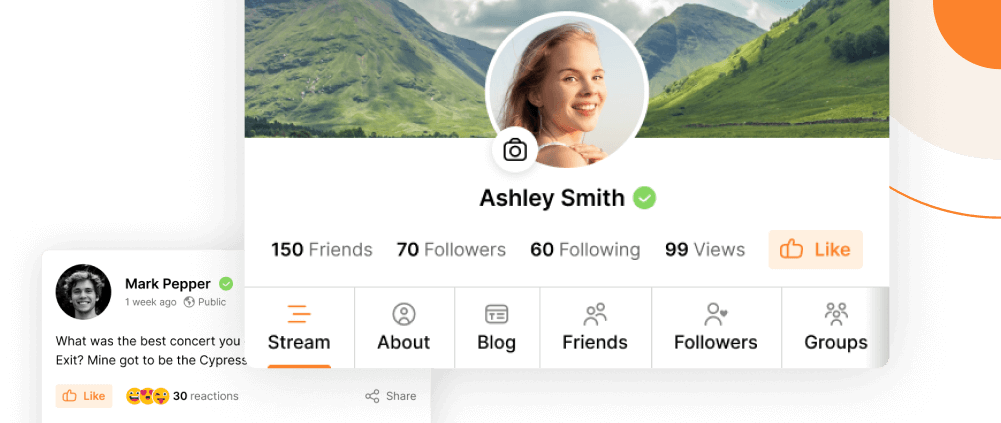Gamification is the brilliant process of adding gaming elements to regular tasks, to encourage participation. It’s also a great example of frequency illusion: once you notice it for the first time, you’ll start seeing gamification everywhere – especially online. We touched on this topic in the past, but it can’t be underestimated.
- Reddit – Wants you to spend more time on the platform. ”Upvote to share your opinion, get rewarded with coins for participating.”
- British Airways – Wants you to keep buying their stuff. ”Earn points with every purchase.”
- Snapchat – Wants you to always be checking their app. ”Don’t break that 28-day streak you’ve built up.”
- Garmin – Wants you to use their device constantly. ”You’ve hit your step goal 3 days in a row, you rock. Tell your friends!”
- Instagram – Wants you to depend on them for self-esteem. ”200 likes on that post, you’re so popular!”
We’re maybe showing our years with the Snapchat reference, but you get the idea. As a tool for creating constant, sometimes manic engagement, there is nothing like gamification.
Gamification is where you take some core elements of gaming (like scoring points, competition, leaderboards, rules, and rewards) and apply them outside of gaming. It is extremely popular in online marketing. You can use these insanely powerful techniques to foster engagement in your online community, too.
What gamification can do for your community
Most community members are lurkers: unless they’re pushed into it, they’re never going to be very vocal or actively participate. And that’s fine — gamification is a way of motivating them into action by making participation fun, interesting, and rewarding.
For example, getting new members to pass key milestones — like choosing a profile picture or making their first post — can work better with gamification and increase the chance they’ll keep participating. You can easily use gamification for onboarding new members, increasing engagement, and monetizing your community.
This isn’t a new idea; it’s a cornerstone of any modern, successful online community. When you’re making your community engagement plan, these social rewards should be included.
Why does gamification work?
All of us have an innate desire for achievement, affiliation, and empowerment. Gamification is a remarkably simple and effective way to grant these to your members:
- When I get my badge/likes/points etc, I feel that achievement
- Which helps me feel more affiliated with the community
- And it brings a level of status/recognition, which is empowering
Here are the most common ways gamification has successfully been deployed within online communities:
Likes/Upvotes
This is the granddaddy of community gamification. Likes and Upvotes (and more recently, ‘reacts’) have become a cornerstone of online socialization since they’re easy to give, non-committal, and inherently positive.
Within forum-based communities, some form of like, kudos, or ranking system is invaluable. These can also be a powerful measure of engagement within your community.
Badges and Titles
Badges are commonly used to distinguish leaders within the community and those with a particular expertise or specialty. Badges should always be tailored to your community (for example, using niche titles only your community’s members would appreciate) and they should exist in tiers; the effort to obtain them should be proportional to their value or rank.
When members of the community actively aspire to earn these badges, you know you’re doing it right.
Pro Tip:
Make sure your badges aren’t generic. They should align with your brand, personality, and the goals of the community.
Ranks & Leaderboards
Leaderboards are extremely common in forums, usually where answering more questions (with lots of likes and engagement) leads to more points or higher ranks. These ranks should be progressively harder to attain, such that your biggest advocates are always the highest-ranked.
Not only is this recognition massive for those advocates, the badges distinguish certain answers or comments within your platform, lending them a certain credence or credibility that would be missing without the rank. User ranking is a huge community activation tactic.
Start new members with a single point or a ‘newbie’ rank, and then level them up after a single contribution (which could be a comment, post, 2nd sign in—virtually anything) so they understand how the system works. The last thing you want is a gamification no one understands!
Trust scores
Or ‘reputation scores’, these reflect the most active users performing certain tasks within the community. For example, more upvotes on answers earns a higher score, which builds trust in that user (from everyone else) and encourages them to keep contributing.
This can be combined with a ranking or leaderboard system to increase competition, the result of which is both more engaged members and better value for the whole community!
Looking to boost engagement? Give gamification a try!
Knowing that gamification works is one thing; actually introducing it to your community is a whole other. You’ve got to be careful here, as gamification is never guaranteed to go right. Start small and experiment with your community. Gather feedback, adapt. You’ll get a hang of it quickly and take advantage of the whole gamification potential. When your community members are rewarded for their engagement, they engage even more and then your whole community thrives and buzzes.
PeepSo Ultimate Bundle does come with myCRED as well as BadgeOS integration plugins. But hey, you can also look into GamiPress – those guys have created something great too.


Reactions & comments
Comments